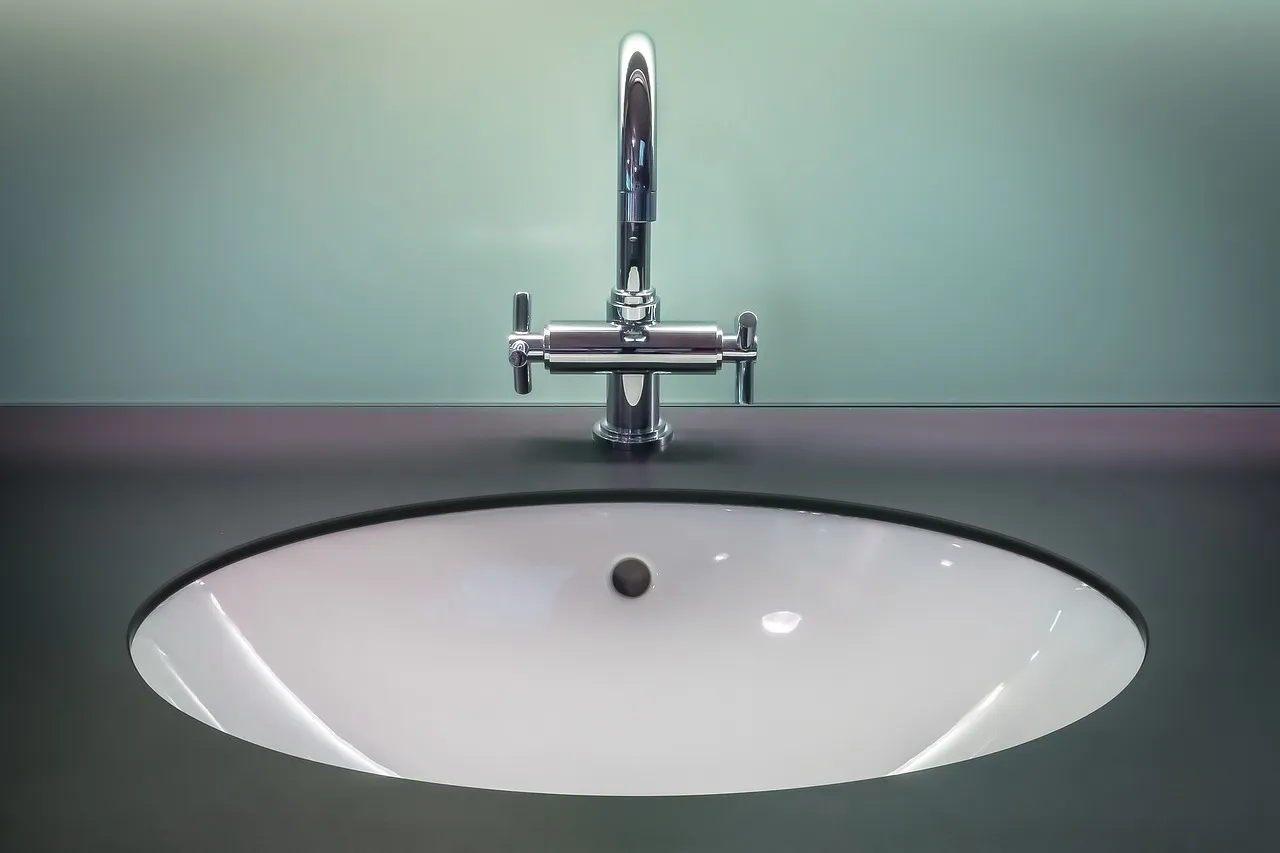Decisions Made Easy
Glass vs Ceramic Bathroom Sinks

When designing or renovating a bathroom, choosing the right sink is a critical decision that affects both the functionality and aesthetics of the space. Glass and ceramic sinks are two popular options, each offering unique advantages and drawbacks. This comprehensive comparison will explore cost, durability, maintenance, style, and installation to help you make an informed choice for your bathroom.
Cost Comparison
Glass Bathroom Sinks
- Generally more expensive due to the specialized manufacturing process and materials.
- Prices can vary widely depending on the design, thickness of the glass, and brand.
Ceramic Bathroom Sinks
- Typically less expensive, offering a budget-friendly option.
- Prices vary based on quality, design, and brand.
Excerpt: “While ceramic sinks are often more affordable, glass sinks provide a luxurious touch that may justify the higher cost for some homeowners.”
Durability and Maintenance
Glass Bathroom Sinks
- Made from tempered glass, they are durable but can still crack or chip under heavy impact.
- Require careful cleaning to avoid scratches; use non-abrasive cleaners to maintain clarity.
Ceramic Bathroom Sinks
- Highly durable and resistant to chips and scratches under normal use.
- Easy to clean with standard bathroom cleaners, maintaining their appearance over time.
Excerpt: “Ceramic sinks offer robust durability and low-maintenance care, whereas glass sinks require more attention but provide an elegant look.”
Style and Aesthetic Appeal
Glass Bathroom Sinks
- Available in a wide range of shapes, colors, and designs, including clear, frosted, and colored options.
- Adds a modern, sleek look to the bathroom, often serving as a statement piece.
Ceramic Bathroom Sinks
- Classic and versatile, available in various shapes and sizes but typically in white or neutral tones.
- Complements a wide range of bathroom styles from traditional to contemporary.
Excerpt: “Choosing between the modern elegance of glass and the timeless versatility of ceramic can significantly influence your bathroom’s overall design.”
Installation
Glass Bathroom Sinks
- Usually installed as vessel sinks sitting on top of the countertop, which can be more complex to install.
- Requires precise installation to ensure stability and prevent leaks.
Ceramic Bathroom Sinks
- Available in a variety of installation types, including undermount, drop-in, and vessel, offering more flexibility.
- Generally easier to install, especially the undermount and drop-in varieties.
Tip: “Consider the type of sink installation that best suits your bathroom layout and your DIY skills or professional installation budget.”
Environmental Impact
Glass Bathroom Sinks
- Made from recyclable materials, making them a more eco-friendly option.
- The production process can be energy-intensive, though recycling options offset this impact.
Ceramic Bathroom Sinks
- Made from natural clay and other raw materials, but the manufacturing process involves high-temperature firing, which consumes significant energy.
- Not easily recyclable, but long lifespan reduces the frequency of replacement.
Excerpt: “Both glass and ceramic sinks have environmental considerations, with glass being more recyclable but both requiring energy-intensive production processes.”
Conclusion
Choosing between a glass and ceramic bathroom sink involves evaluating factors like cost, durability, maintenance, style, and installation. Glass sinks offer a modern, luxurious appeal with a higher price and maintenance needs. Ceramic sinks provide classic versatility, ease of maintenance, and budget-friendly options.
Ultimately, the best choice depends on your personal preferences, budget, and bathroom design. By considering these aspects, you can make a well-informed decision that ensures your bathroom is both functional and stylish.
Remember, the right sink can enhance your bathroom experience, so take the time to choose wisely between glass and ceramic. Your decision will not only reflect your style but also impact your daily routine and the environment.
